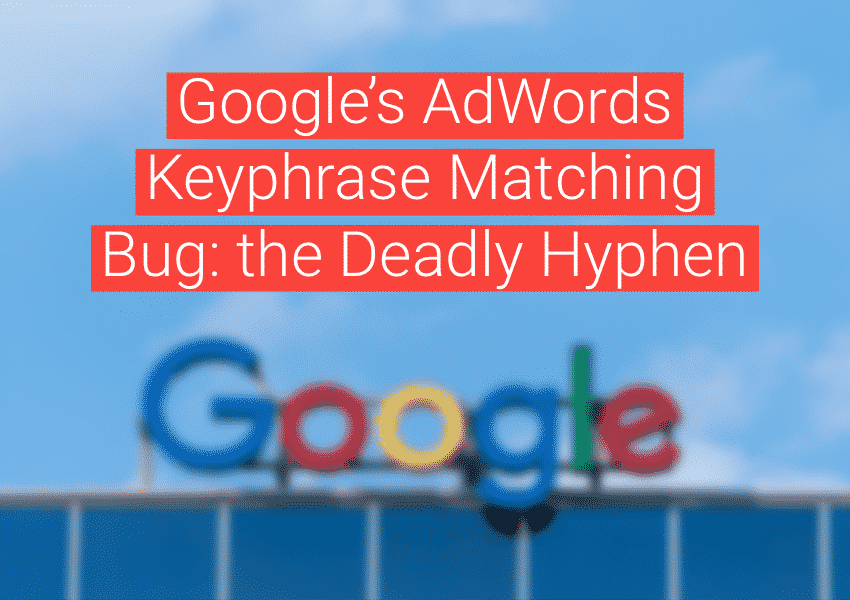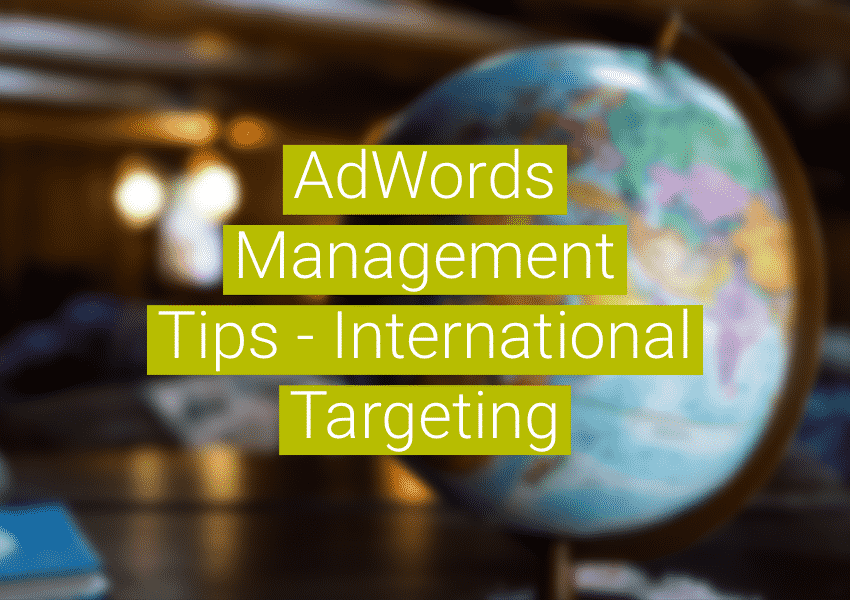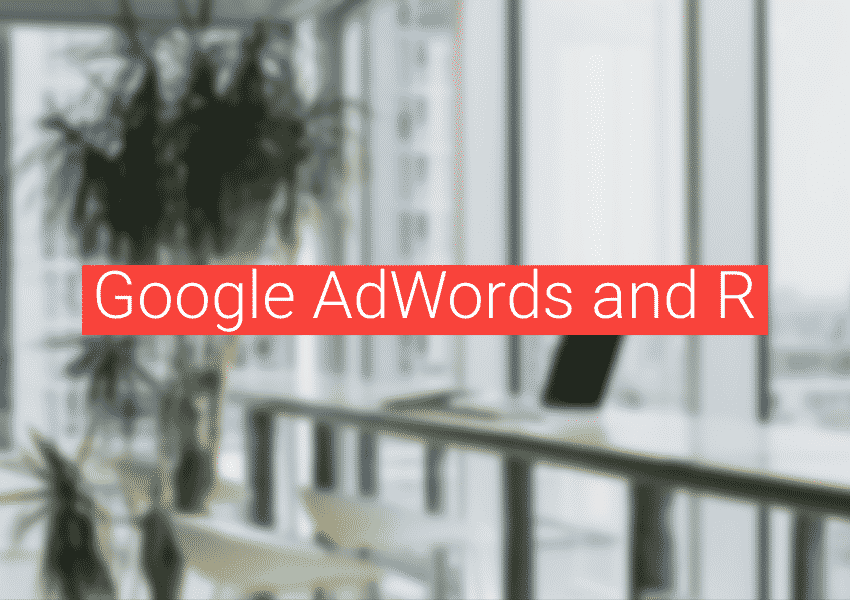Table of Contents
Pure Visibility’s Ecommerce PPC Holiday Guide
The holiday season is an important time for ecommerce businesses as they face an increase in the number of consumers searching for gift ideas and deals. Holiday periods like Black Friday and Cyber Monday represent huge opportunities for online retailers to drive sales and profits, therefore it’s essential to ensure your Pay-Per-Click (PPC) campaigns are optimized for success.

When Should You Start Preparing Your Holiday PPC Campaigns?
The timing of your holiday PPC campaign preparations is crucial for achieving the best results during the peak online shopping season. We recommend starting early to set yourself up for success. The ideal timeframe to start your holiday PPC campaign planning should begin no later than 2-3 months prior to peak shopping days.
This will give you plenty of time to ensure your campaigns are set up for success and allow you time to test and optimize your campaigns, analyze performance, allocate budget strategically, adapt and tweak as well as give you a competitive advantage.
What Factors Should You Consider When Planning Your Holiday Campaigns?
Past PPC Metrics
In any PPC campaign, a thorough review of past metrics and results is always a wise first step. You want to make sure to look at different performance metrics such as click-through rate, conversion rate, cost per click, and return on ad spend (ROAS) and compare these to your goals and industry benchmarks. By examining these closely, you can gain valuable insight to guide your strategy and make data-driven decisions.

Identifying what has previously performed well can offer a great starting point for planning new campaigns or tweaking existing ones. Additionally, identify underperforming areas and make necessary adjustments to avoid repeating the same mistakes in future campaigns.
As you move forward, remember that your past PPC metrics and results should serve as a roadmap rather than a strict plan. It’s helpful to remain flexible and ready to evolve your strategy based on ongoing performance data and market trends as trends and consumer behaviors are always evolving.
Increasing Your Budget
As more people are browsing and shopping for holiday gifts, there’s a larger pool of potential customers that you can reach with your ads. Increasing your budget during the holiday season is a strategic move that leverages the surge in search volume during this time. By raising your daily PPC budget significantly in November and December, you can increase the visibility of your ads and capture a larger portion of this increase in search demand.

In order to remain competitive during the holidays, plan for at least a 30-50% increase in your PPC budget. Increasing your budget proactively allows you to have multiple campaigns and bid more aggressively. This will make your campaigns more competitive and ensure your ads make it to the top of search results, giving you a better chance to capture that all-important holiday traffic.
Targeting Key Holiday Shopping Keywords
While it may seem obvious, targeting key holiday shopping keywords should be a part of your strategy for your holiday campaigns. Consider keywords that people are likely to use when searching for holiday gifts, information about deadlines, events, holiday specific keywords and promotions. Expanding your PPC keyword list to cover these terms can help drive more targeted traffic to your website, and possibly increase conversion rates.

To fully capitalize on this strategy, consider adding phrases such as “holiday gifts”, “Christmas presents”, “Hanukkah perfect gift ideas”, and “stocking stuffers” to your campaigns. These types of keywords can attract a wide range of customers, bringing in those seeking general holiday inspiration, as well as shoppers with specific gift ideas in mind.
Furthermore, don’t overlook timely keywords around purchasing deadlines. Incorporating terms like “fast shipping” and “overnight delivery” can be effective in attracting last-minute shoppers, giving you a competitive edge during the holiday shopping rush.
Creating Holiday-Themed Ads
Refresh your ad copy and creatives to reflect the holiday season. The key to creating holiday themed ppc ads is to strike a balance between holiday spirit and your business objective to connect with your audience. Holiday advertising is not just about mentioning deals, online sales, special promos or discount codes, but also about capturing the spirit of the season. This can be achieved by altering your ad copy and creatives to reflect the holiday ambiance.

You should also test different ad variations to understand what resonates most with your audience. Playing around with imagery, color schemes, or even the tone of your copy are all areas to test. Be sure to use the data in a way that shows that your brand understands and participates in the festivities, and to inform PPC campaigns in the future.
Updating Your Landing Pages
Your landing pages should match your PPC ads. Landing pages serve as the first point of interaction for your potential customers, and as such, they should reflect the promise made in your PPC ads. Make sure your landing pages are a mirror image of your ads and maintain consistency throughout. Creating ads that instill trust will increase the likelihood of conversions.

Additionally, consider creating dedicated landing pages or ensure your product pages feature the most current deals and gift ideas for the holiday season or other specific seasons. These landing pages can be tailored to match any holiday specific branding and messaging so visitors can have a consistent user experience and more effectively achieve your marketing goals.
Building and Scheduling Your PPC Campaigns
Building Your Ads For Holiday Shoppers
When preparing your ads for the holiday season, remember that the essentials of solid ad design remain the same. This includes an understanding of your target audience, their behavioral trends during the holiday shopping season, and the elements that make an ad attractive enough to warrant a click. These are all important pieces of an effective holiday PPC campaign.
However, creating a thriving holiday PPC ad involves more than just giving it a festive appearance. You have to understand who your audience is and what their needs are. To do this you want to start by conducting market research to understand trends, competitors, and your target market then look for seasonal patterns related to holiday shopping. Having a clear idea of your target audience will allow you to craft a compelling and personalized message that resonates with them.
Additionally, you should use the data you gather from your initial campaigns to make tweaks to your message, audience targeting and the appearance of your ads. This iterative process will allow you to continually improve your ads’ performance, ensuring maximum ROI from your holiday PPC campaigns.
Refining Ad Schedules
Not all times are equal when it comes to PPC advertising, particularly during the holiday season. Being deliberate with scheduling can boost your ad’s performance, ensuring it is seen by your target audience at the most opportune times.
Ad scheduling tools allow you to manage your budget effectively by enabling you to set more granular date ranges, budgets and bids, giving you precise control over when your ads are displayed. Here are some tips on how you can optimize your scheduling.
Measuring Campaign Performance
As you roll out your holiday pay-per-click campaigns, monitoring and analyzing key performance indicators (KPIs) is a critical step that should not be overlooked. Understanding these metrics gives you an idea of how effective your campaigns are and what pieces aren’t resonating with your audience. Continuously evaluating your KPIs, allows you to optimize your campaigns to ensure your audience responds to them, using your advertising budget effectively.
However, merely monitoring KPIs isn’t enough; understanding how to interpret the data and apply it to optimize your campaigns is equally important. Regularly analyzing these metrics and making informed adjustments is integral to maximizing the returns on your holiday PPC campaigns.
Here are the key metrics you should watch:

Click-Through Rate (CTR)
Click-Through Rate (CTR) measures the number of clicks advertisers receive on their ads per number of impressions. Essentially, it measures the proportion of viewers who were intrigued enough by your ad to click on it after seeing it.
A higher CTR is indicative of your holiday keywords and ad copy effectively capturing attention and piquing curiosity, motivating users to learn more. A high CTR not only is an indication that users find your ads helpful and relevant but since it is also a component of ad rank, it can potentially contribute to higher quality scores and lower cost per click and help optimize your overall advertising strategy.

Conversion Rate (CVR)
Conversion rate is a valuable metric that shows how effective you are at getting users to complete specific actions you desire and it can help evaluate campaign success. This refers to the percentage of users who complete a desired action (like making a purchase) after clicking on your ad.
An increase in CVR during the holiday period could indicate that your campaigns are driving highly relevant traffic, targeting the right audience and have used effective messaging and design in your ads.

Return on Ad Spend (ROAS)
Return on Ad Spend (ROAS) is a crucial metric that helps you assess whether your ad expenditure is translating into profits. Comparing your ROAS during the holiday period versus the rest of the year can show you the effectiveness of your holiday-specific strategies.

Revenue and Transactions
While sales volume and total revenue can be great indicators for assessing the success of your campaign, it is crucial to consider other metrics in conjunction to get a comprehensive picture of campaign effectiveness.
Monitor key metrics like click-through rate, conversion rate, return on ad spend, revenue, and transactions. Online sales volume should see a significant lift during the holiday period.
Making Necessary Adjustments
You should plan on constantly monitoring and optimizing your search campaigns during the holidays. Tweaking any underperforming elements in real-time can maximize your results. Some general ways to keep optimizing your search ads can include the following:
Holiday Strategy For Shopping Ads
When you effectively manage your PPC campaigns during the holiday season, you can significantly improve your online visibility, engagement, and conversions. To optimize your return on ad spend, you will need to implement a well-planned schedule, consistently track key performance metrics, and make adjustments as needed. By boosting bids during peak shopping times, aligning your ad schedules with promotional calendars, and optimizing your ad content based on performance and search trends, you can ensure that your PPC strategy is not only cost-effective but also profitable.
To be successful during the holiday season, you need to have a clear understanding of your audience and adapt or shift with their behaviors and needs. With careful planning and optimization, your ecommerce business can effectively leverage the high commercial intent of the holiday period to result in more holiday sales and new customers.




